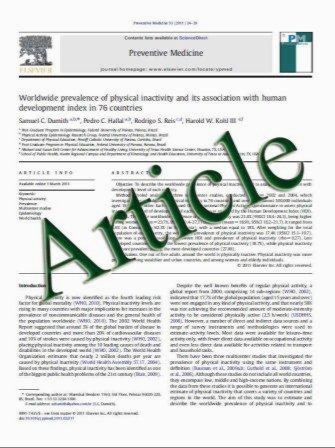Remote magnetic versus manual catheter navigation for circumferential pulmonary vein ablation in patients with atrial fibrillation
- نوع فایل : کتاب
- زبان : انگلیسی
- مؤلف : Lars Lu¨ thje Dirk Vollmann Joachim Seegers Marc Dorenkamp Christian Sohns Gerd Hasenfuss Markus Zabel
- چاپ و سال / کشور: 2011
Description
Background Only limited data exist on the clinical utility of remote magnetic navigation (RMN) for pulmonary vein (PV) ablation. Aim of this prospective study was to evaluate the safety and efficacy of RMN for PV isolation as compared to the manual (CON) approach. Methods and results A total of 161 consecutive patients undergoing circumferential PV isolation were included. Open-irrigated 3.5 mm ablation catheters under the guidance of a mapping system were used. The catheter was navigated with the Stereotaxis Niobe II system in the RMN group (n = 107) and guided manually in the CON group (n = 54). Electrical isolation of all PVs was achieved in 90% of the patients in the RMN group and in 87% in the CON group (p = 0.6). All subjects were followed every 3 months by 7d Holter-ECG. At 12 months of follow-up, 53.5% (RMN) and 55.5% (CON) of the patients were free of any left atrial tachycardia/atrial fibrillation (AF) episode (p = 0.57). Free of symptomatic AF recurrence were 66.3% (RMN) and 62.1% (CON) of the subjects (p = 0.80). Use of RMN was associated with longer procedure duration (p\0.0001), ablation times (p\0.0001), and RF current application duration (p\0.05). In contrast, fluoroscopy time was lower in the RMN group (p\0.0001). Major complications occurred in 6 of 161 procedures (3.7%), with no significant difference between groups (p = 0.75). Conclusion RMN-guided PV ablation provides comparable acute and long-term success rates as compared to manual navigation. Procedural complication rates are similar. The use of RMN is associated with markedly reduced fluoroscopy time, but prolonged ablation and procedure duration.
Clin Res Cardiol Received: 9 February 2011 / Accepted: 8 June 2011


